Concavity Exercise
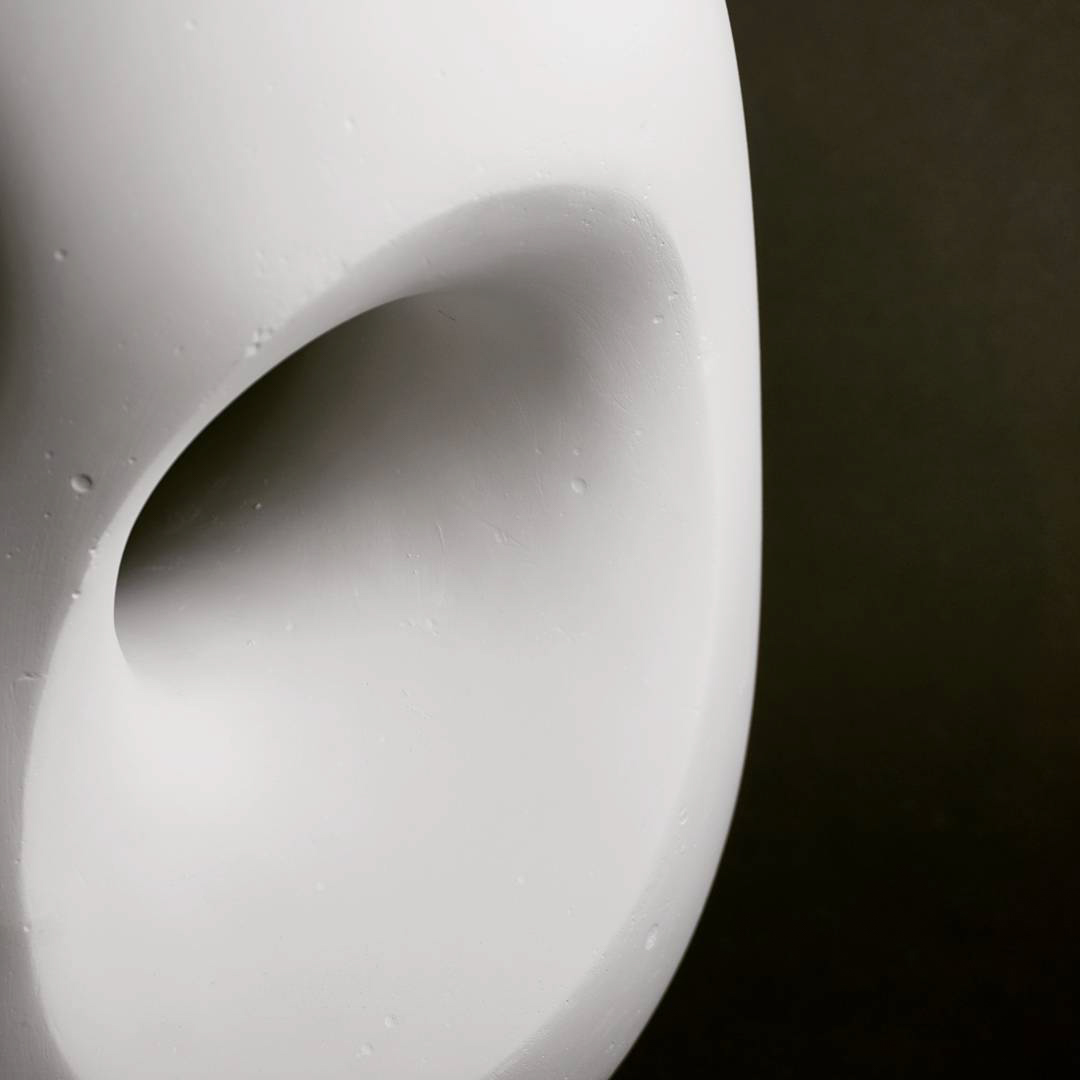
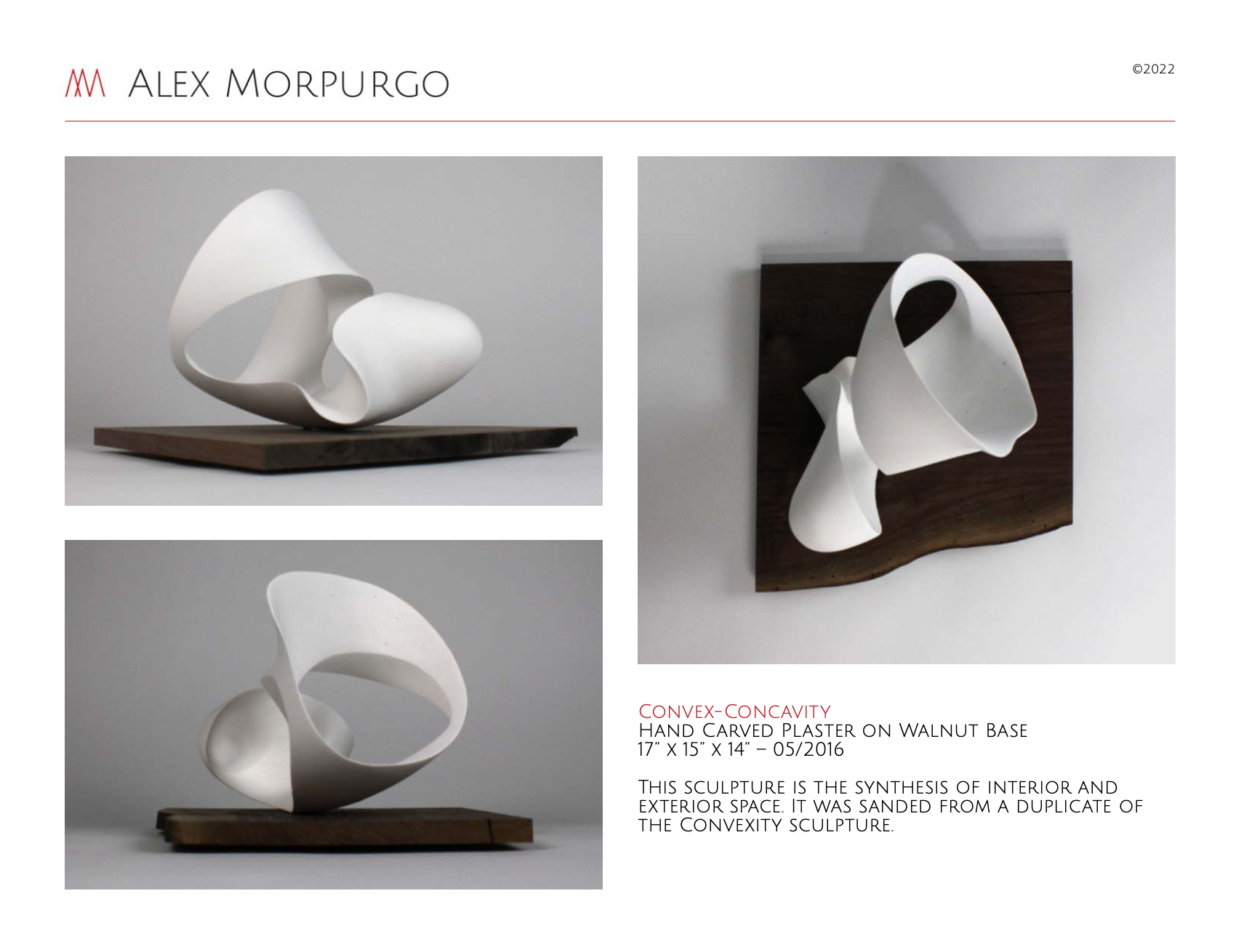
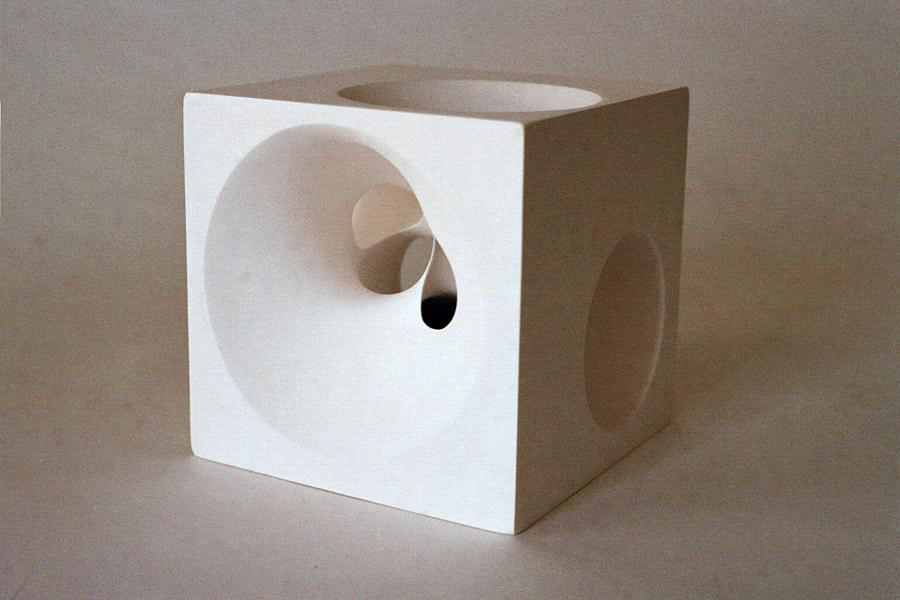
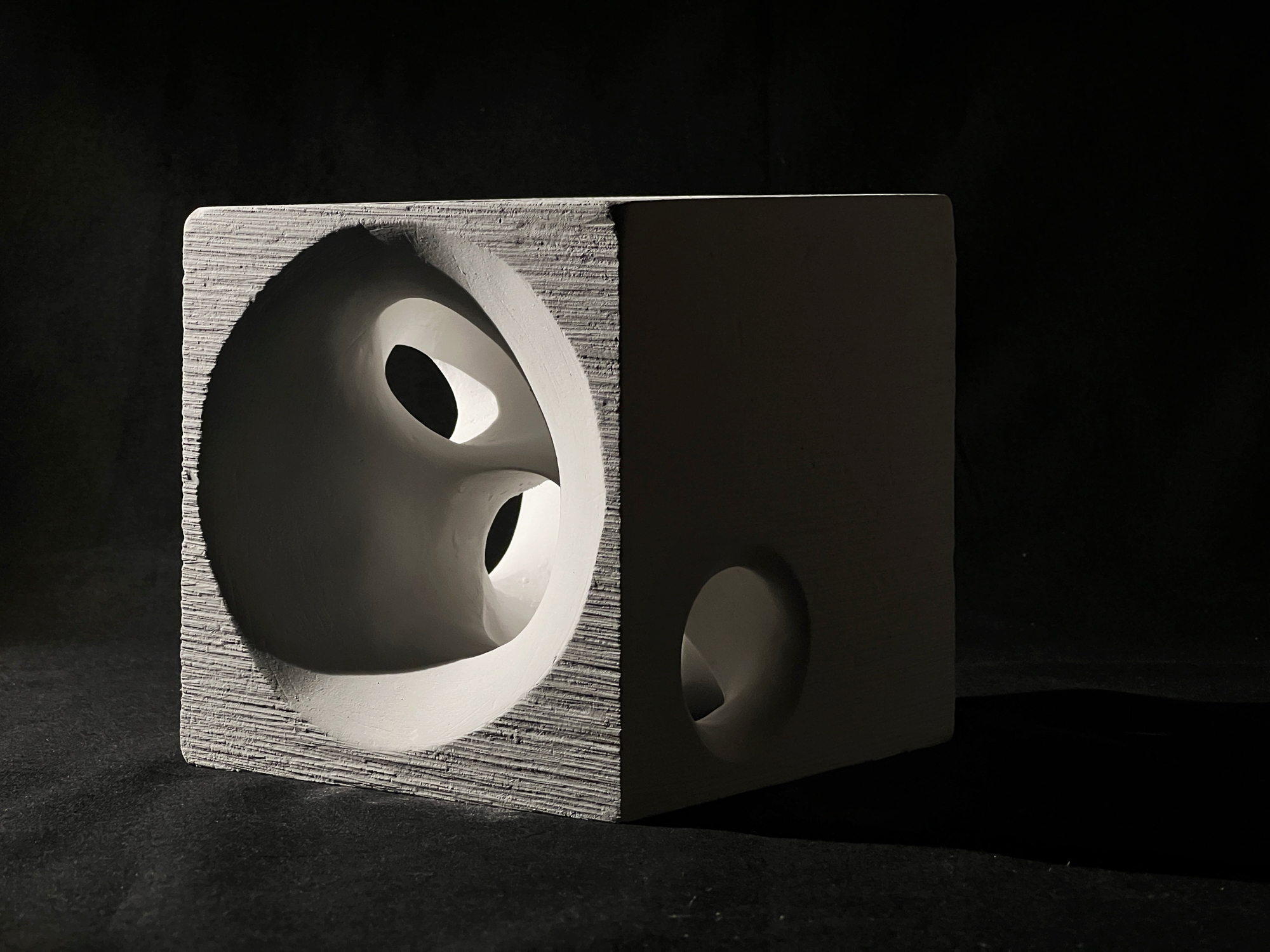
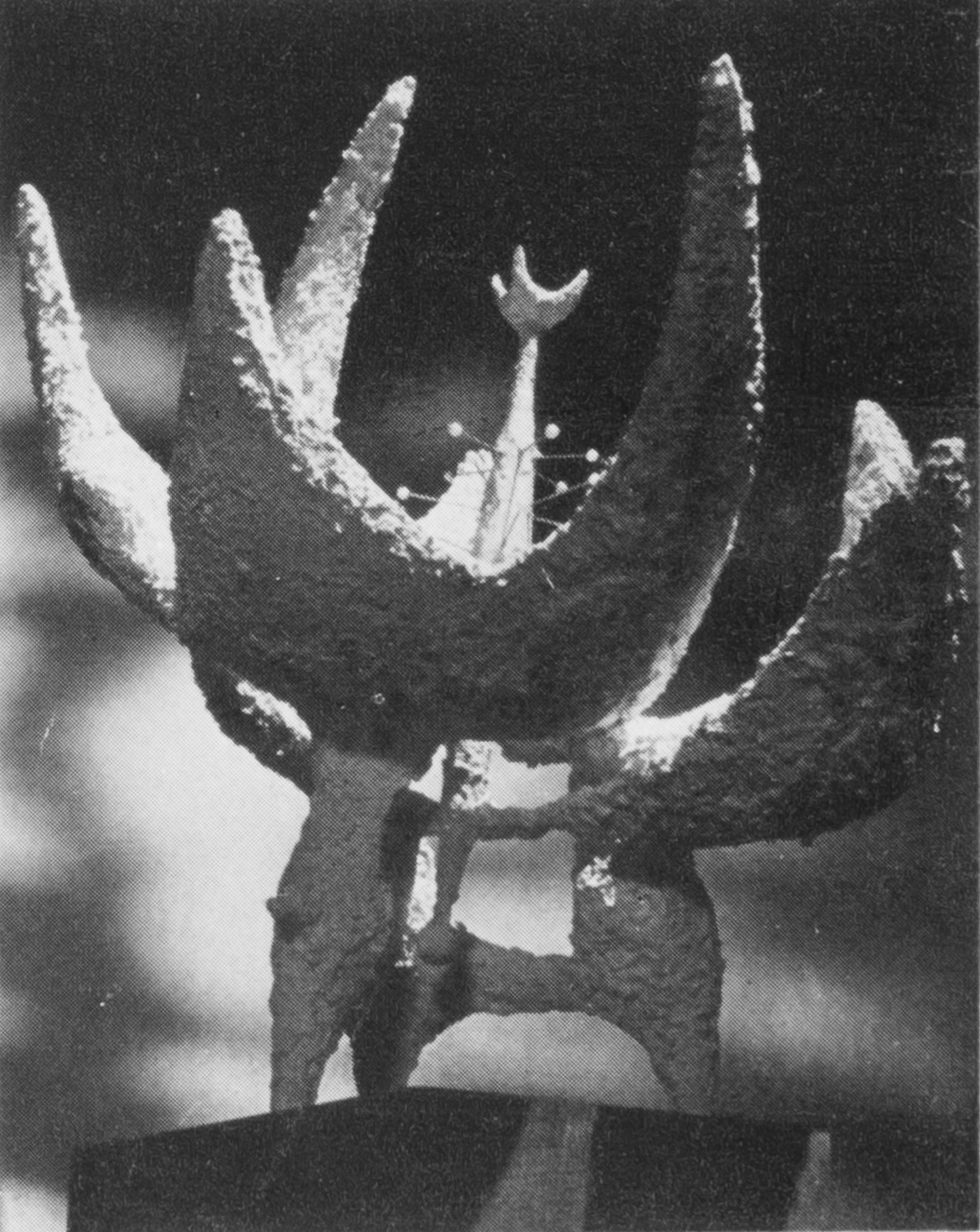
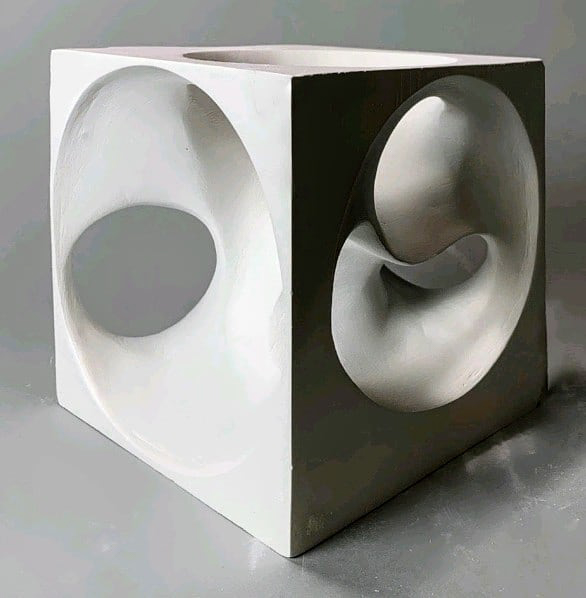
The concavity exercise asks students to think about erosion in natural forms and how that concavity contrasts with the convexity of the objects. Dominant, subdominant, and subordinate relationships are developed through sketching. Students are asked to be aware of the axes and not to trap the negative space, instead allowing it to flow through the object. Final designs are executed in plaster or salt blocks. The presence of the form is increased through extraction.